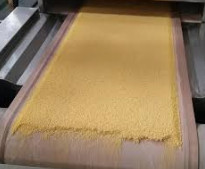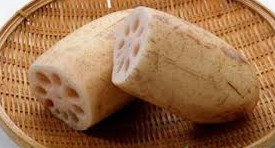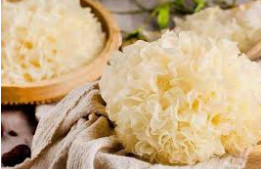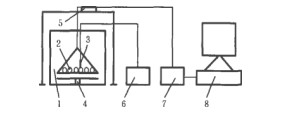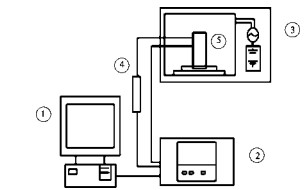[abstract] Microwave drying equipment is the key link in the pharmaceutical process of traditional Chinese medicine, which directly affects the quality of drugs. The development of new drying technology is the key to the transformation and upgrading of the manufacturing industry of traditional Chinese medicine, and is related to the process of modernization of traditional Chinese medicine.
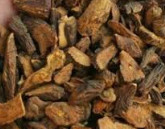
This paper summarizes the current research status of drying technology and equipment of traditional Chinese medicines and preparations through literature research and statistics, analyses the traditional drying technology and equipment of traditional Chinese medicines and preparations, probes into some problems existing in drying technology and equipment, and puts forward corresponding countermeasures, and expounds my opinions. The new development trend of drying technology and equipment of Chinese medicinal materials and preparations provides new ideas for the optimization and upgrading of drying technology and equipment of Chinese medicinal materials and preparations.



